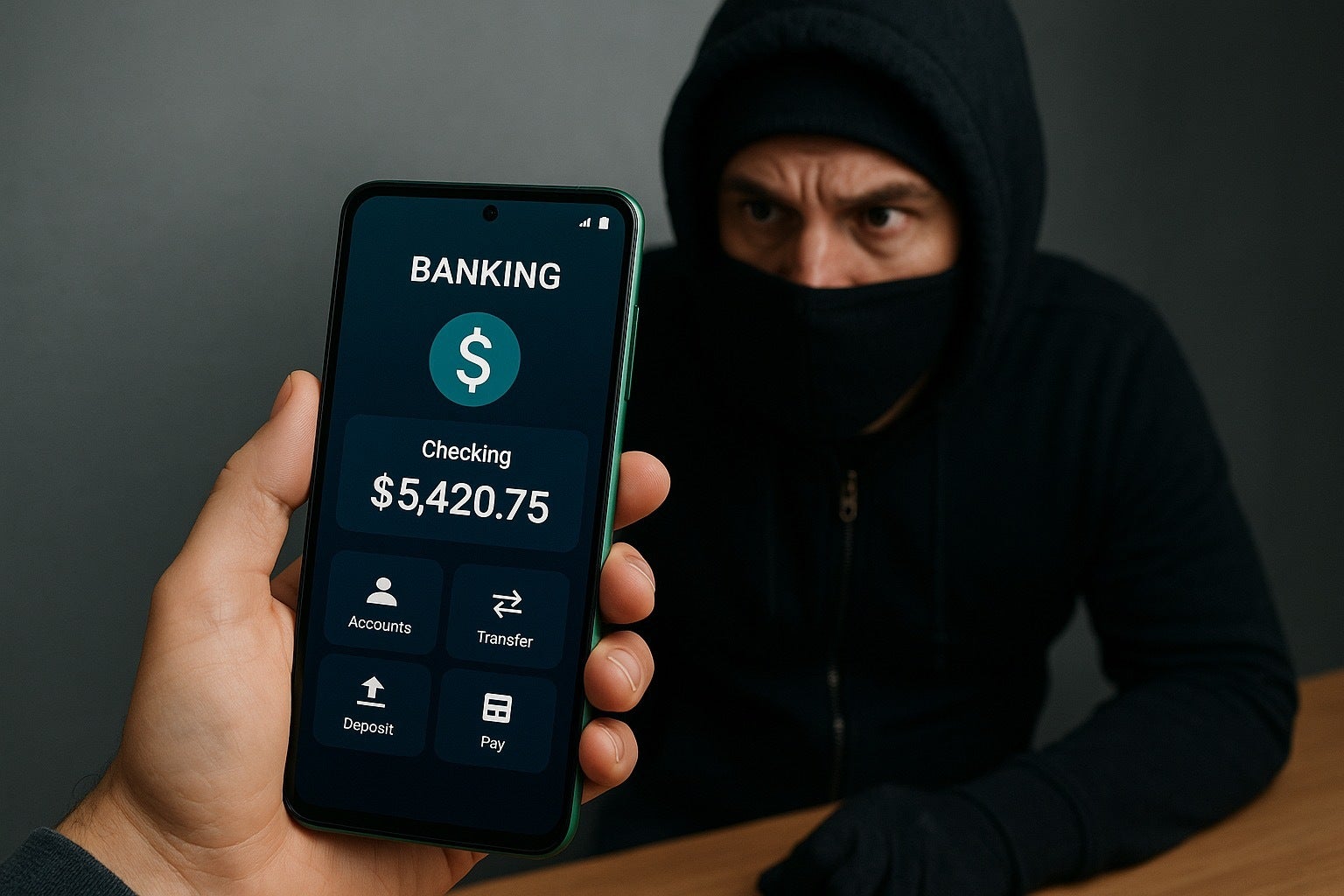It’s pretty amazing how much we rely on our smartphones for just about everything, isn’t it? From ordering food to paying bills and even managing our entire bank accounts, these little devices hold a ton of sensitive information.
That trust we place in them hinges on them being secure, which is why staying on top of software updates is so important. But what happens when that device we’re putting all our private and financial information in is not as secure as we think?
A recent report pointed out something interesting Google seems to be working on. The gist is that for phones running Android 13 or newer, the system might start requiring that the device has received a security update within the past year to allow certain actions within high-security apps. We’re talking about things like your banking app, finance managers, or even secure enterprise applications your job might use. If your phone doesn’t meet this “freshness” requirement for security patches, the report suggests that key functions, like actually transferring money, might get blocked.

So, what does this mean in plain English?
Those monthly security patches are going to be more important than ever. They aren’t about feature drops; they’re essential fixes for security holes that researchers and Google find in Android. Bad actors are always hunting for these flaws, and keeping your phone patched is like making sure the locks on your digital doors are strong and up-to-date.
This potential new check from Google seems aimed at ensuring phones that can get updates (Android 13+) are actually installing them reasonably often. It’s a nudge to stay current. But here’s the kicker, and why it directly relates to whether you should use an old phone for banking: What about phones stuck on Android 12, 11, 10, or even older versions? They aren’t just missing recent patches; they stopped getting any security patches quite some time ago, maybe months or even years back. They simply can’t pass this new security check because their manufacturers aren’t sending out fixes anymore.

Image credit — AI generated
And why the intense focus on banking and finance apps? Simple: that’s where cybercriminals see the biggest payday. They actively look for ways to compromise these apps. An unpatched vulnerability on an older phone could be the open door they need to slip in malware that steals your passwords, watches what you type, or maybe even makes transfers without you knowing. By potentially requiring recent patches on newer Android versions, Google is trying to establish a stronger baseline of security for these super-sensitive applications.
We all love getting the most life out of our gadgets. “Ride them until the wheels fall off,” as a friend of mine likes to say. It saves money and it’s better for the planet. And to be fair, phone manufacturers like Samsung and Google deserve credit for offering much longer update support windows these days, sometimes stretching up to seven years for their flagships. That’s great! But it doesn’t change the fact that millions upon millions of older Android phones are already well past their security update cutoff date.
Is it worth the risk?
If you’re rocking an older Android phone (think Android 12 or anything earlier) and you use it regularly for mobile banking or handling other sensitive financial info, this should definitely make you pause. It’s not just about missing new features anymore, it’s about your device missing the fundamental, ongoing security maintenance needed to protect your money effectively against modern threats.
That familiar old phone might still work, but the potential new security check Google is reportedly implementing just underscores that its defenses are likely long out of date. It’s probably time to check your Android version and last security update in settings. If you’re out of the support window, seriously consider upgrading or at least stop using that phone for your financial tasks. It’s just not worth the risk.
Read the latest from Johanna Romero





GIPHY App Key not set. Please check settings